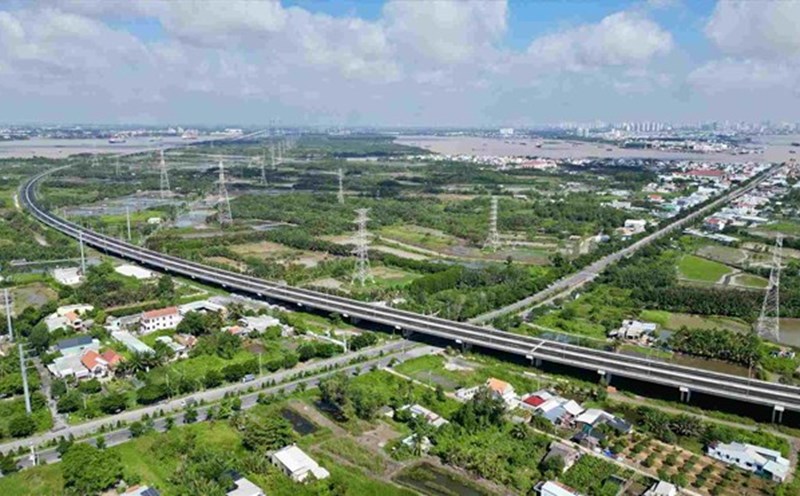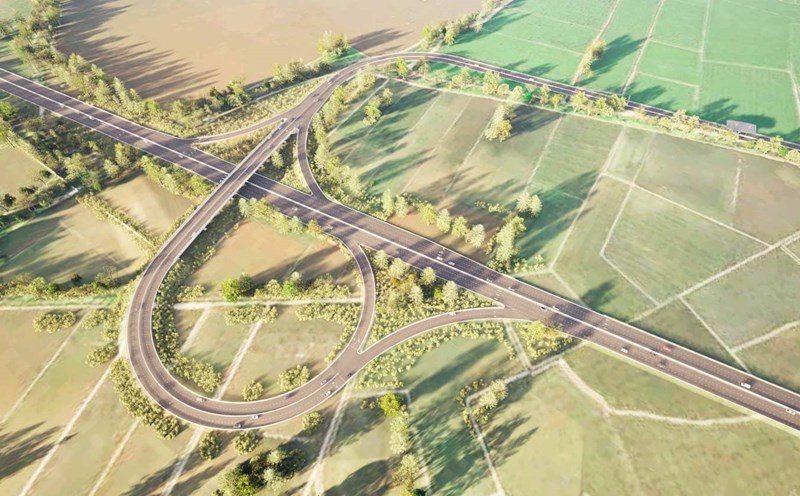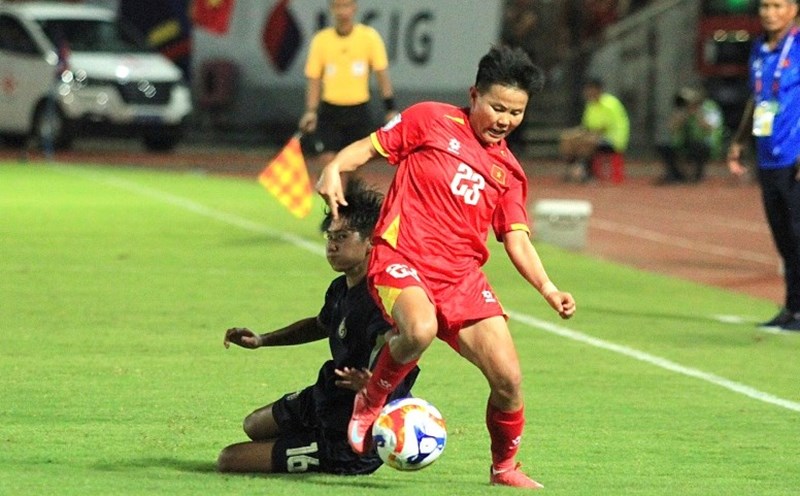On the morning of August 19, the Ho Chi Minh City People's Committee organized the groundbreaking ceremony for two key traffic projects, the Ho Chi Minh City - Moc Bai Expressway (bomb and mine demolition package and relocation of technical infrastructure) and the Nga Tu Dinh intersection (old District 12).
According to the Ho Chi Minh City Traffic Construction Investment Project Management Board (Ho Chi Minh City Traffic Board), the Ho Chi Minh City - Moc Bai Expressway is nearly 51 km long, starting point connecting to Ring Road 3 in Ho Chi Minh City, ending point connecting National Highway 22 in Tay Ninh.
The total investment capital of the project is more than VND 19,600 billion, of which the main expressway under the BOT form alone accounts for about VND 10,400 billion.
The project is divided into four components, including the construction of the main route, residential access road and overpass, along with compensation, support and resettlement in Ho Chi Minh City and Tay Ninh.
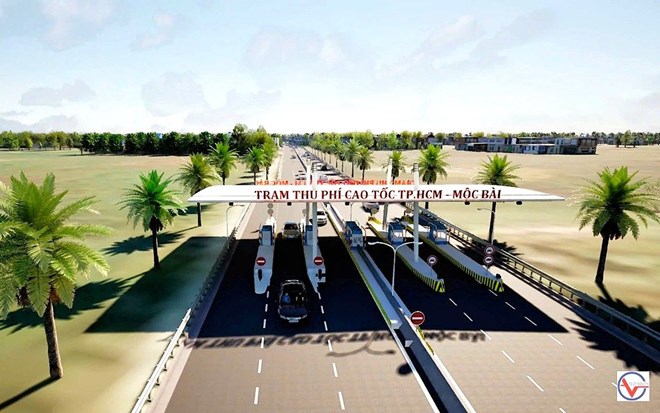
In the first phase, the expressway was built with a scale of 4 lanes but the site was cleared for 6 lanes, creating favorable conditions for future expansion.
In Ho Chi Minh City, more than 2,100 households have had their land reclaimed, while in Tay Ninh, this figure is nearly 1,630 households.
The Ho Chi Minh City Traffic Department said that after being approved by the Ho Chi Minh City People's Committee and the Tay Ninh People's Committee, the units have urgently coordinated to speed up the progress. The project has started a bidding package for bomb and mine clearance and relocation of technical infrastructure.
It is expected that in October 2025, construction packages of component project 2 will start using state budget capital; by March 2026, the main route will start construction with PPP capital.
The entire Ho Chi Minh City - Moc Bai Expressway aims to be completed and opened to traffic by the end of 2027.
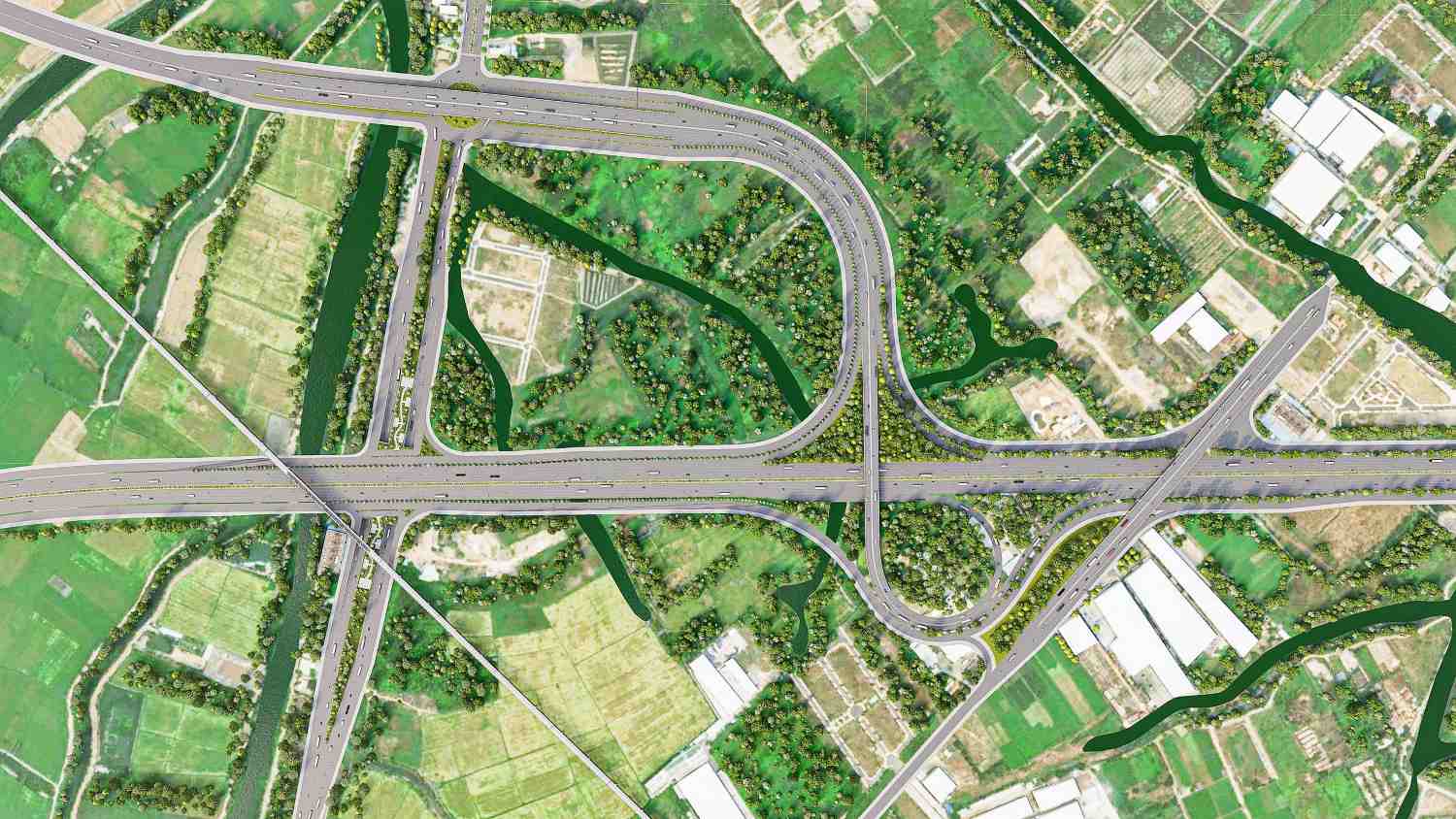
When put into operation, the Ho Chi Minh City - Moc Bai Expressway will become the shortest route connecting the city with Cambodia through Moc Bai Border Gate, reducing pressure on National Highway 22, which is often overloaded.
The route also opens up new development space for the industrial - urban chain from Moc Bai to Cai Mep - Thi Vai Port, connecting the Xuyen A economic corridor and promoting the development of the Southeast region.
Also on the morning of August 19, the Nga Tu Dinh intersection project (old District 12) was officially started with a total capital of nearly 400 billion VND.
The project will build a reinforced concrete bridge along National Highway 1, over 430 m long, 17.5 m wide for 4 lanes, with a system of service roads on both sides and renovation of branches.
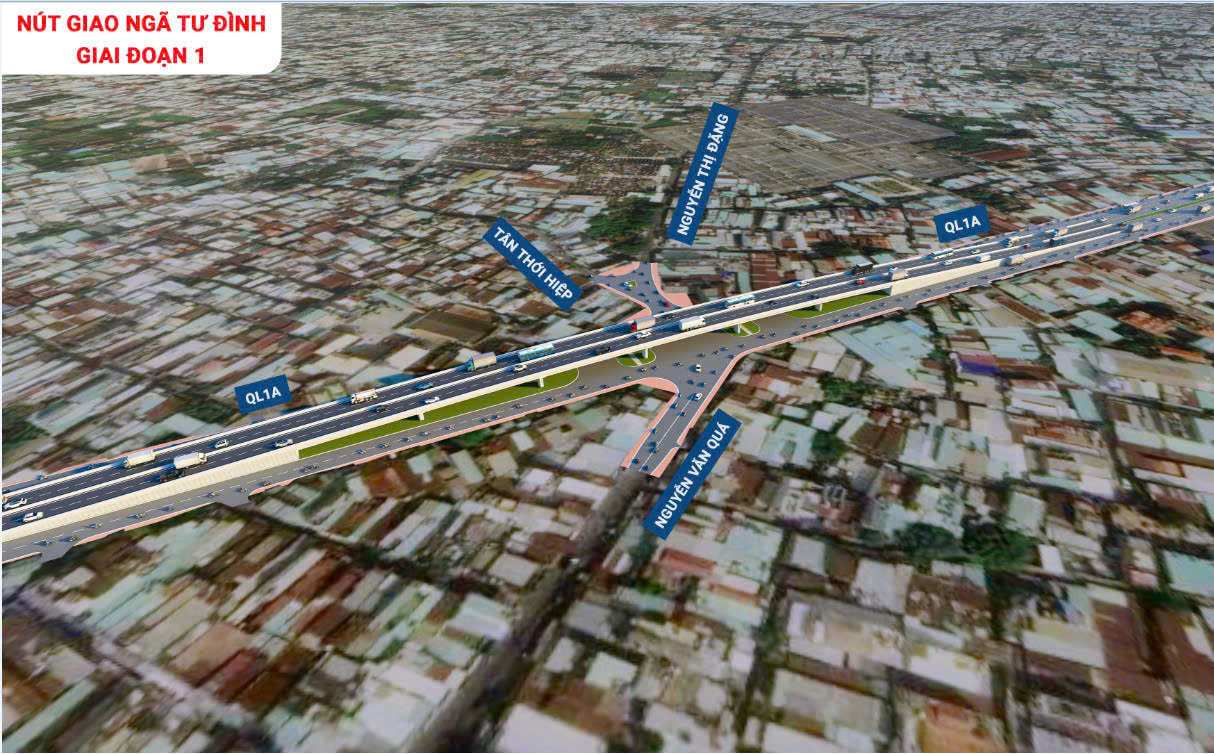
This is an important intersection between National Highway 1 - the main artery connecting Ho Chi Minh City with the East and the West with Nguyen Van Qua Street, where traffic has been frequently congested during rush hour for many years.
The project is expected to be completed in December 2026, after completion, it will help solve the problem of traffic congestion that has lasted for many years in this area, facilitating people to travel and circulate goods from the Northwest gateway to the city center.

